Deep in the Spanish Altiplano, on the border between Murcia and Andalucia, l came back to visit a farm that seven years ago inspired my journey into regenerative agriculture. Back in those days Alfonso, a business graduate from Madrid, was finding his path back to the land in agriculture. His family farm was in a dry almost forgotten part of Spain, where he was living with his girlfriend Yanniek who had just moved from the Netherlands to the farm in the only house that was restored among the ruins of what must have been a thriving medieval farm village. Helping with the land were volunteers from the Ecosystem Restoration camp and a larger land restoration project guided by the Dutch foundation Commonland to restore the Altiplano of Murcia.
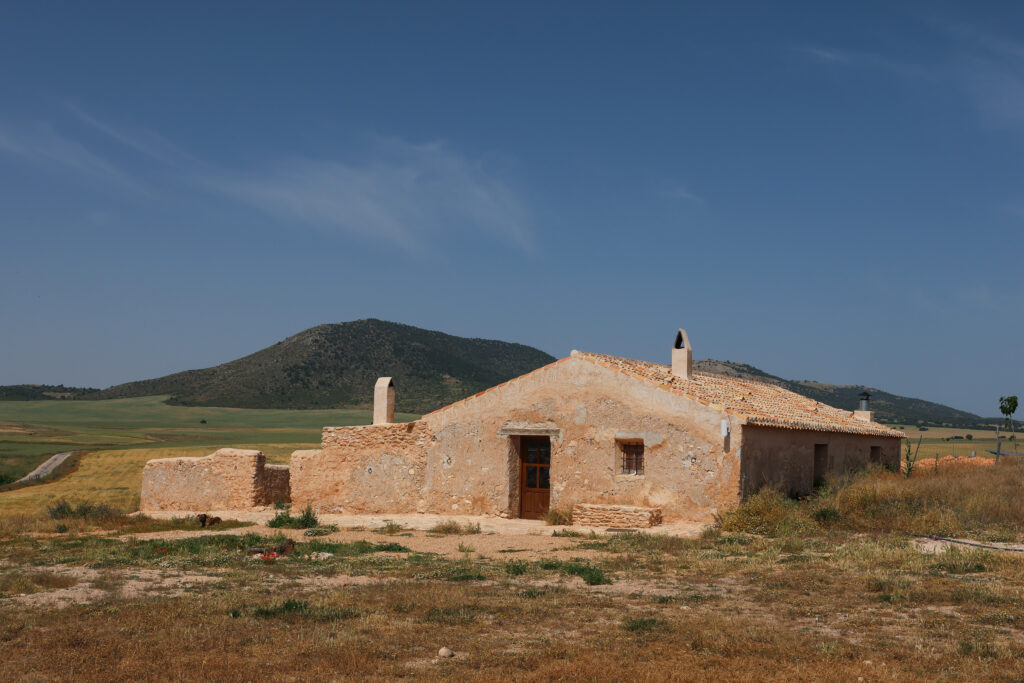
The farming conditions were very tough. The region with scarce water resources had been converted into wheat fields, and intensive irrigated agriculture combined with climate change was putting a lot of pressure on the already scarce water resources, making rivers disappear in a few years. Alfonso was restoring the first hectares of his land building water catchment infrastructure with the help of his volunteers and working to increase his perineal crop operation with almonds. He was finding ways to work with the little water he had in these extreme conditions to build resilience around his wheat fields.
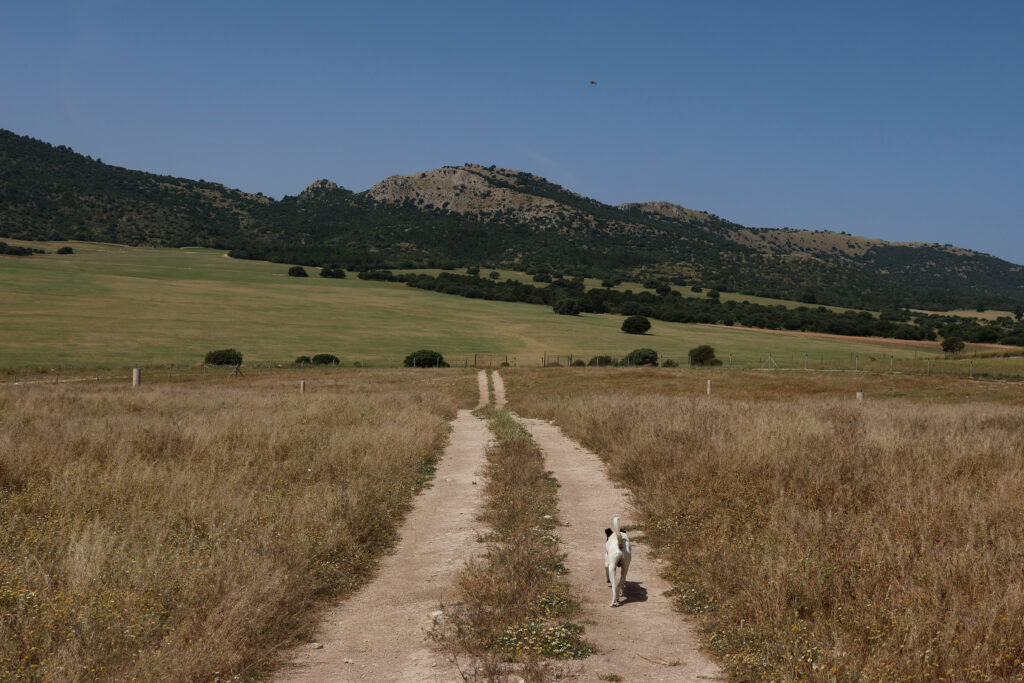
As I came back seven years later, a lot had changed. Alfonso and Yanniek are still there now with two kids and a community of ten farm residents and supporters in eight newly renovated houses next to the regeneration academy they’ve built to spread the lessons they’ve learned trying to work with nature and farm in that brittle environment. The large Commonland restoration project is still growing and working to regenerate the whole valley and community, but the external pressures are still posing challenges to his land and the water springs he carefully guards where the Quipar river is born. This key river fostered thousands of years of human development in the region, crossing through historical towns like the sacred town for Catholics of Caravaca de La Cruz and Cehegin, where his family roots are. Now the river goes no further than 3 kilometers down his farm, sucked dry by the extractive irrigated lettuce plantation that moved to the region in search of cheap land and labour. In La Juquera the river spring is treated as sacred ground and water trenches dug around the fields form barriers to the extreme weather events, like the one who hit Valencia, pouring most of the rain that should have felt in three very dry years in one day.
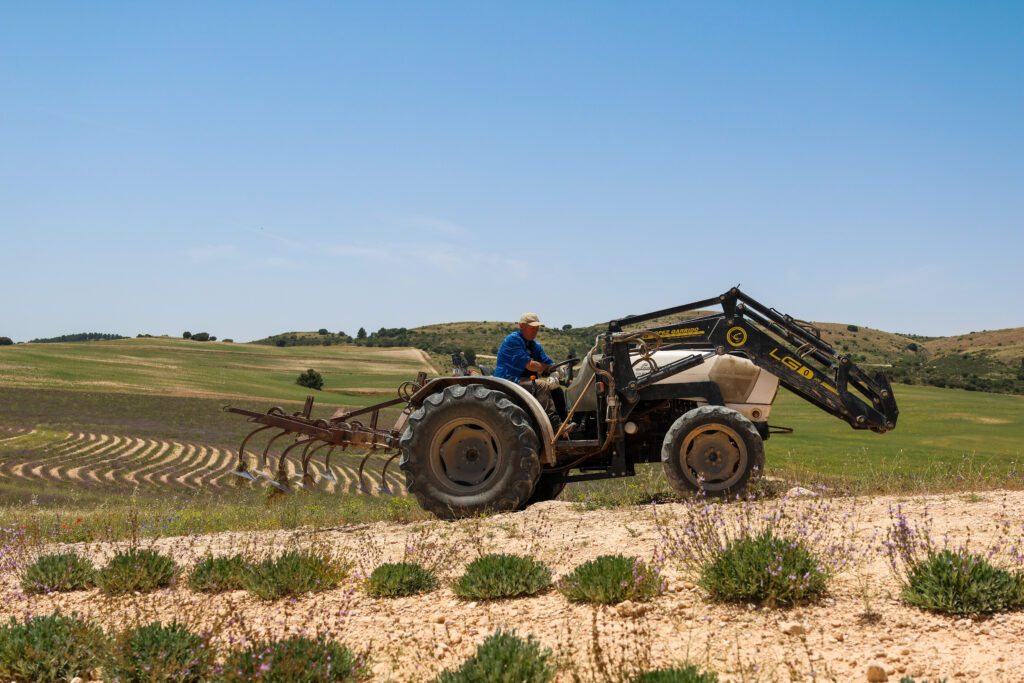
In La Junquera innovation came not only in water management and regenerative farm practices, but also in adjusting what crops would be feasible for this land to make the farm healthy financially as well. The perennial orchards have increased slowly under the burden of the lack of long term finance for a crop that takes several years to start harvesting, such as the case of almonds and pistachio. They have also built a solid operation of aromatics, with five different varieties, mostly native to the land, thriving on hard sandy soils with no need for chemical inputs. They are now building their own distillery with finance from their first customer and capacity to be a processing hub for the community around them.
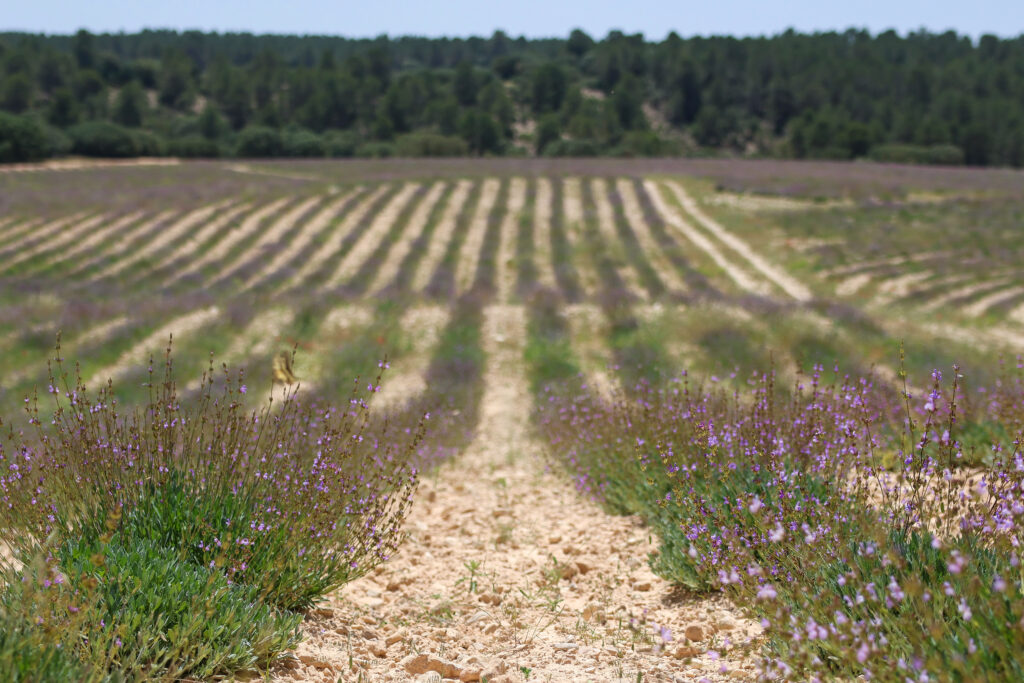
The fight to keep the irrigated lettuce producers away from the region’s most sensitive springs goes on, many times in the form of a legal battle. It exposes another shade of our broken food system and the fallacy of the “we need to feed the world” story that justifies agriculture focused on hyper production. The little water that remains in the region is poured into making hectares of lettuce to be sold at cheap prices for northern europe. The precious water of the Altiplano is being exported in the form of a low calorie staple vegetable, harvested by temporary workers coming from Morocco and working in harsh conditions. Meanwhile in The Netherlands where the climate conditions are ripe for several seasons of lettuce and other water thirsty greens, farmers cannot compete with the cheap lettuce from Murcia, only arriving at Dutch supermarkets cheap because all the cost of the ecological burden on precious water resources lands as free of cost externalities on the local communities.
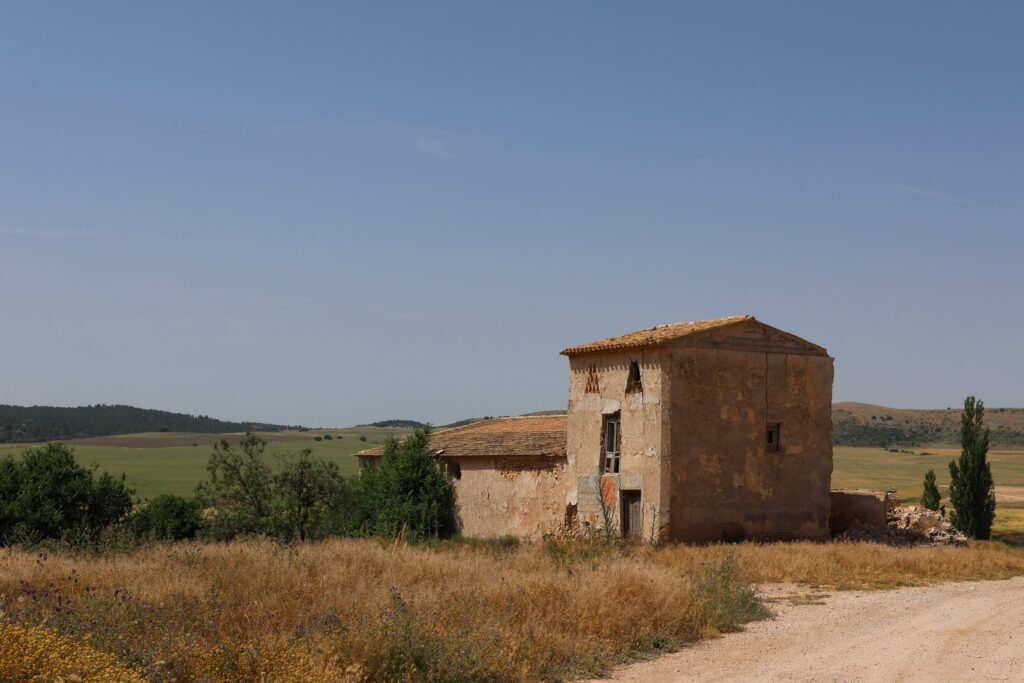
Meanwhile Alfonso and Yanniek are producing calorie rich almonds and pistachios that are suitable to the local climate and thrive with less water, much less than they do in California, heavily irrigated, but produced regeneratively, respecting the limits imposed by the local ecosystem. Revenues are complemented with the aromatics, they significantly increased profits per hectare, while the wheat that barely survived three years of extreme drought is slowly being substituted for perennial pasture land as animals are reintroduced to the farm. The region used to be famous for its wool and generations of shepherds used to graze sheep in this brittle environment, feeding the soil with organic matter and keeping grasslands young and fresh. As new generations started moving to cities after the industrial revolution, the art of sheep holistic grazing started to fade away. New migrants from Romania and Morocco came to fill the gap, but the lack of knowledge passed from father to son on moving the animals in these landscapes drastically reduced production to the point it became hardly feasible. Accelerating the vortex of social degradation of the towns with less and less skilled agriculture jobs and more conventional agriculture low in labour and high in chemicals and water use.
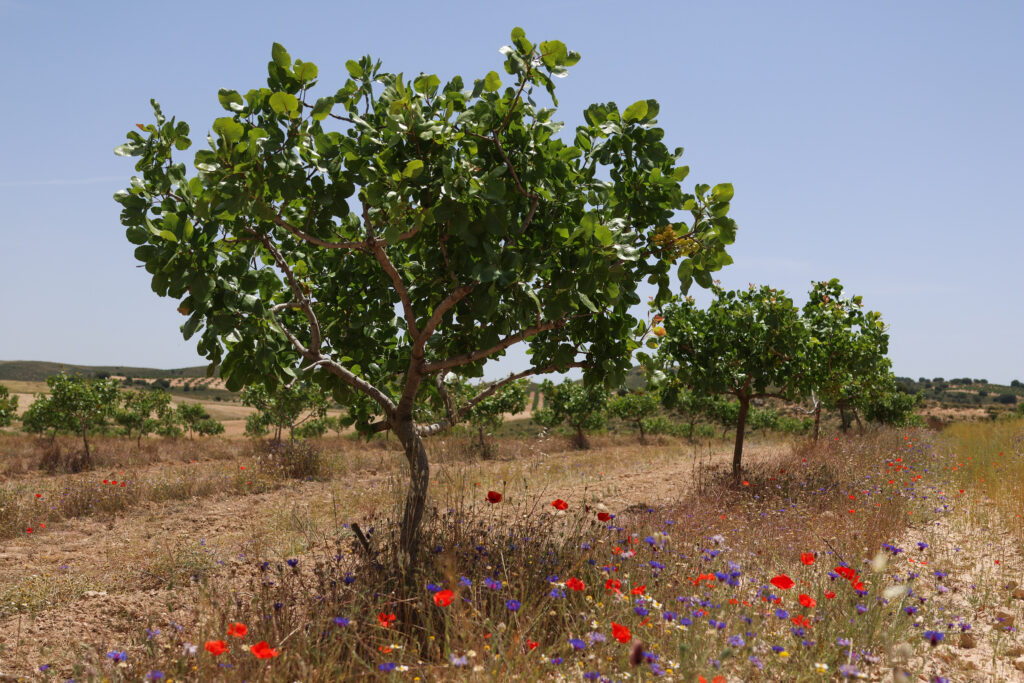
Now La Junquera is one of the best examples of what I call an Island of Sanity in our insane food system. It’s a place that will play an even more important role in a water stressed future. A place where one can learn how to farm with very little water and dry sandy soils. A farm where EU subsidies should be pouring in to heal land and communities, but we are not there yet. For now they need private capital from investors willing to partner with them on regenerating the whole valley of the Quipar. A nice way to start is by joining one of their open courses at their regeneration academy.
https://www.lajunquera.com/regeneration-academy
Photos by Ananda Coutinho
